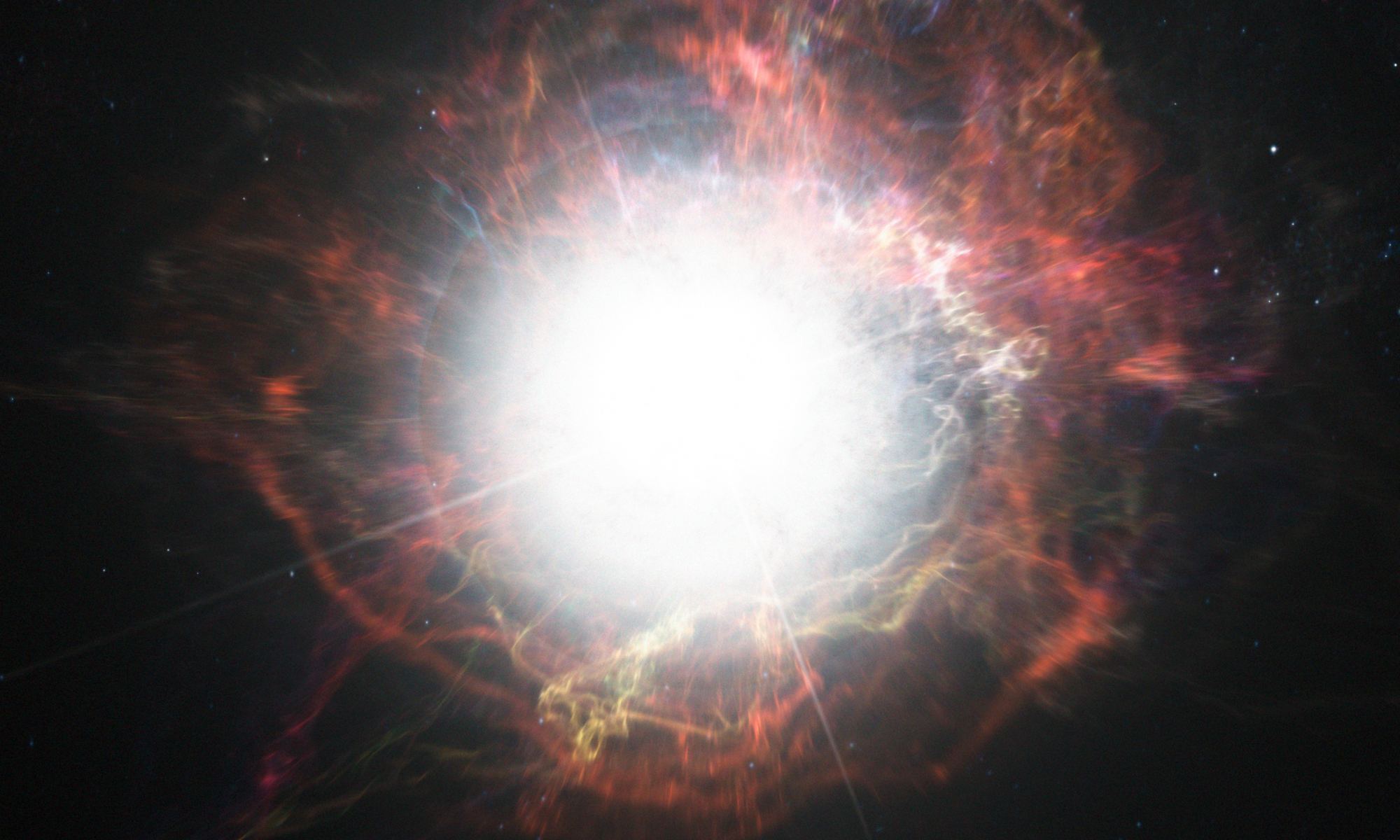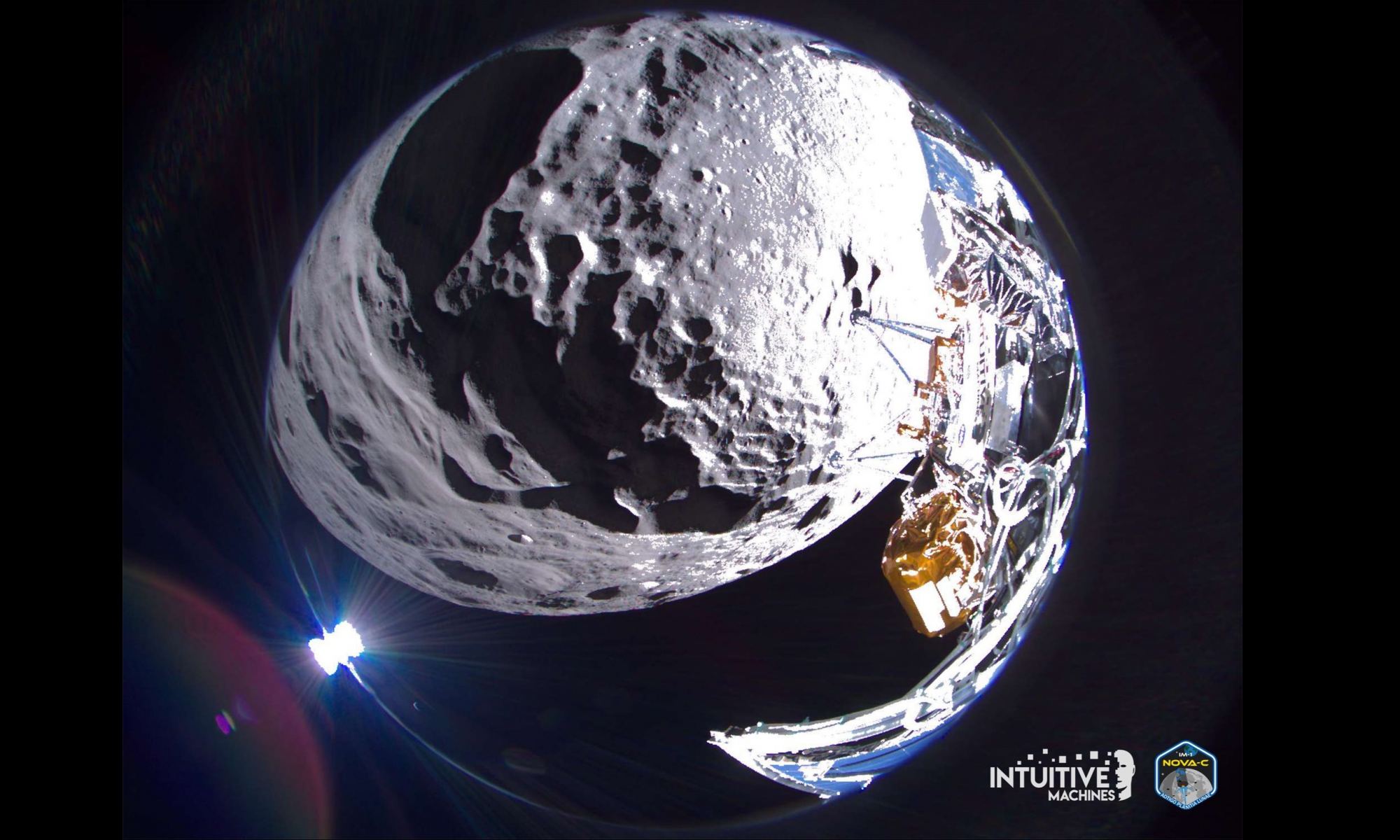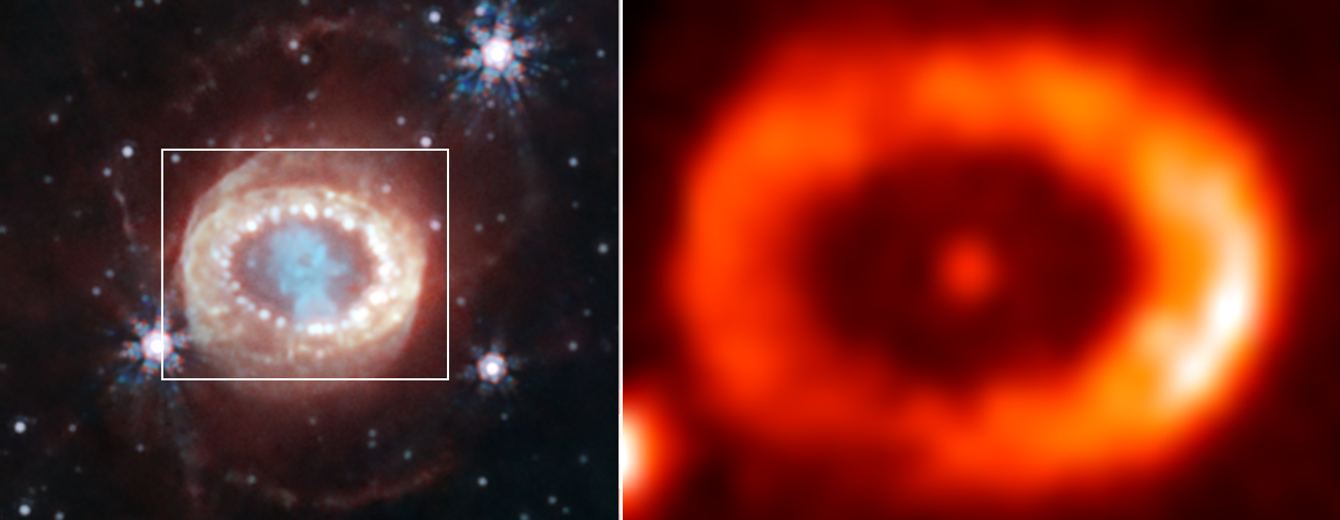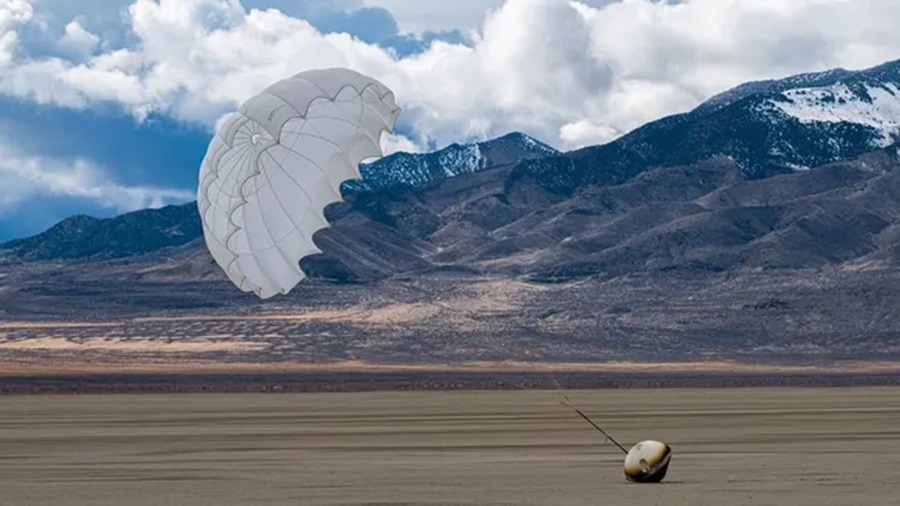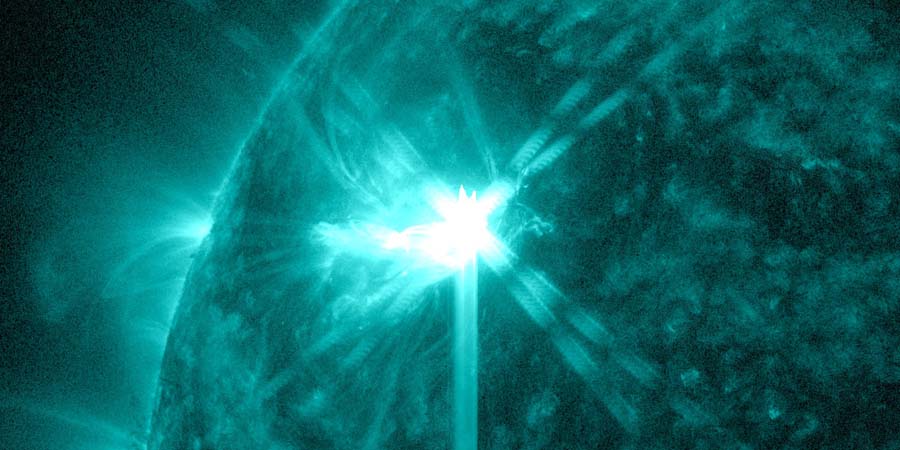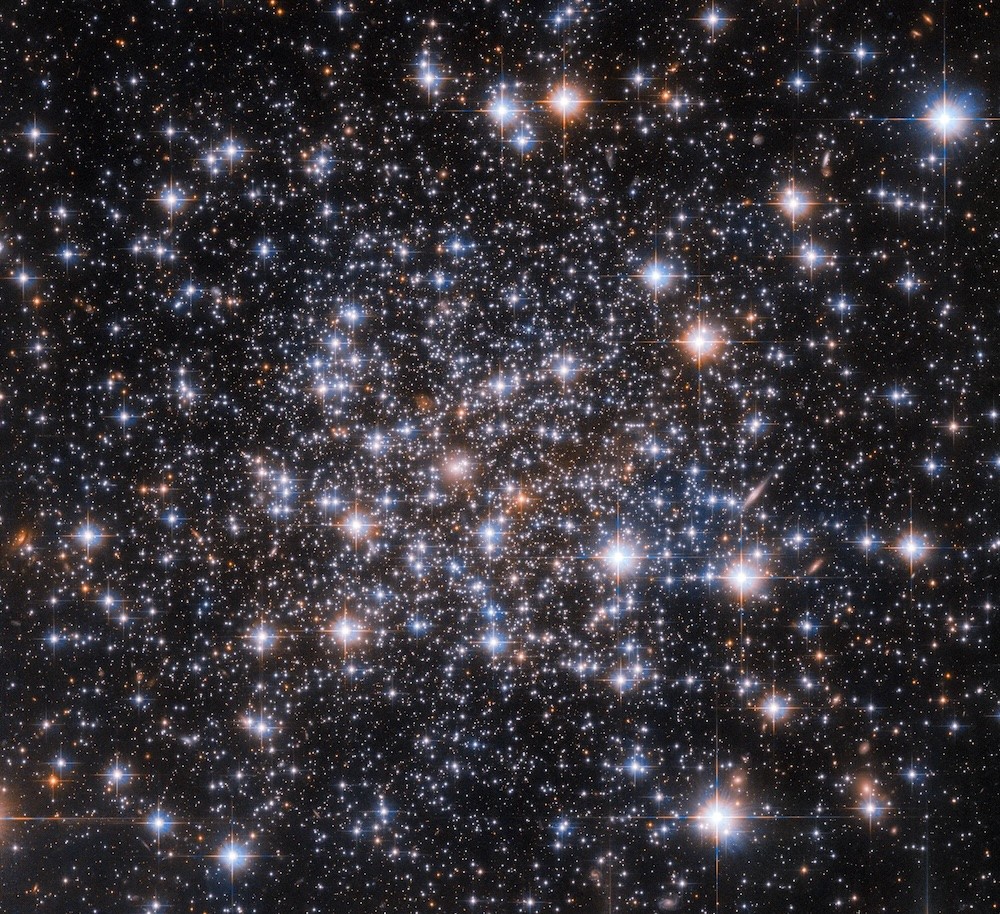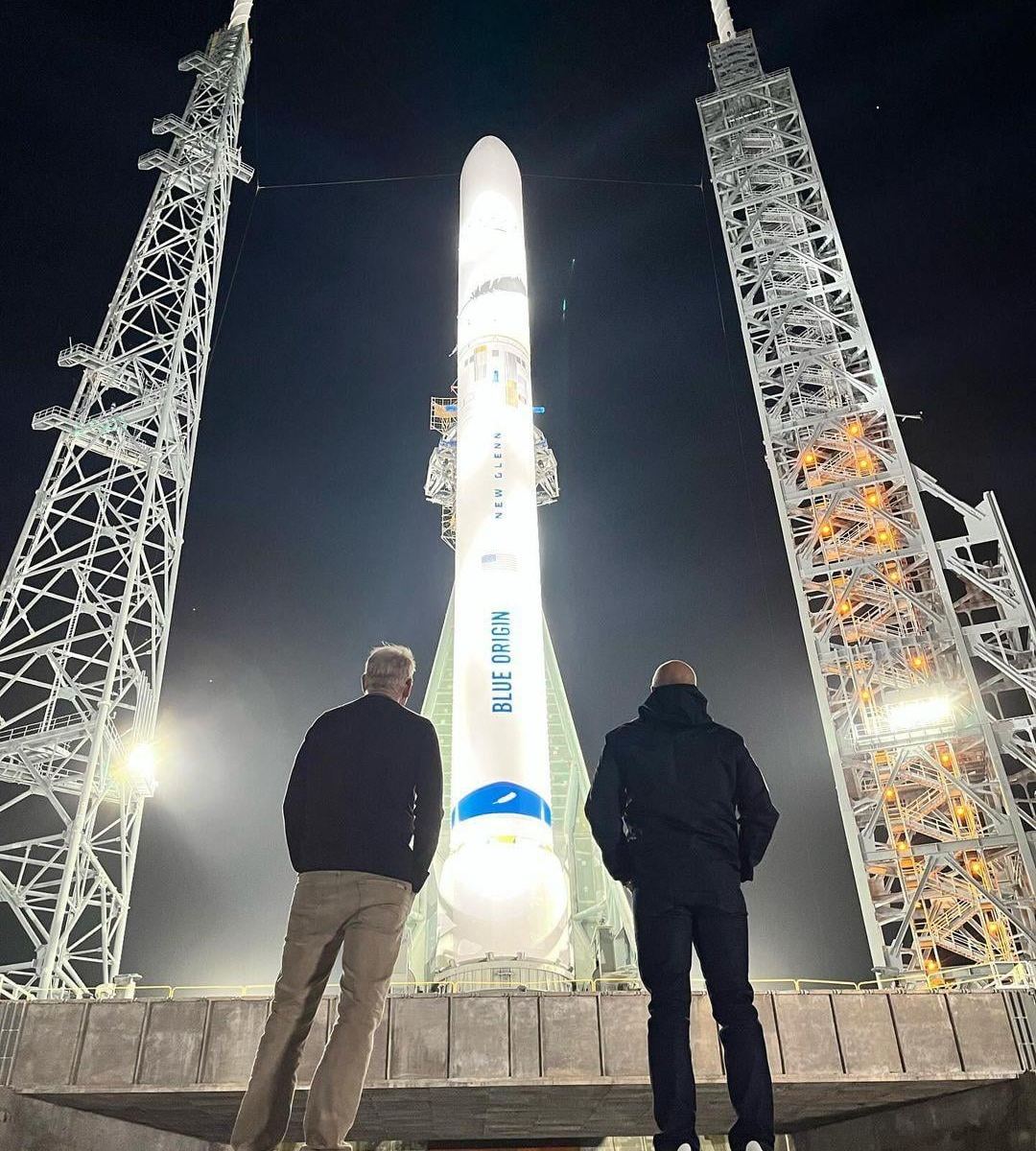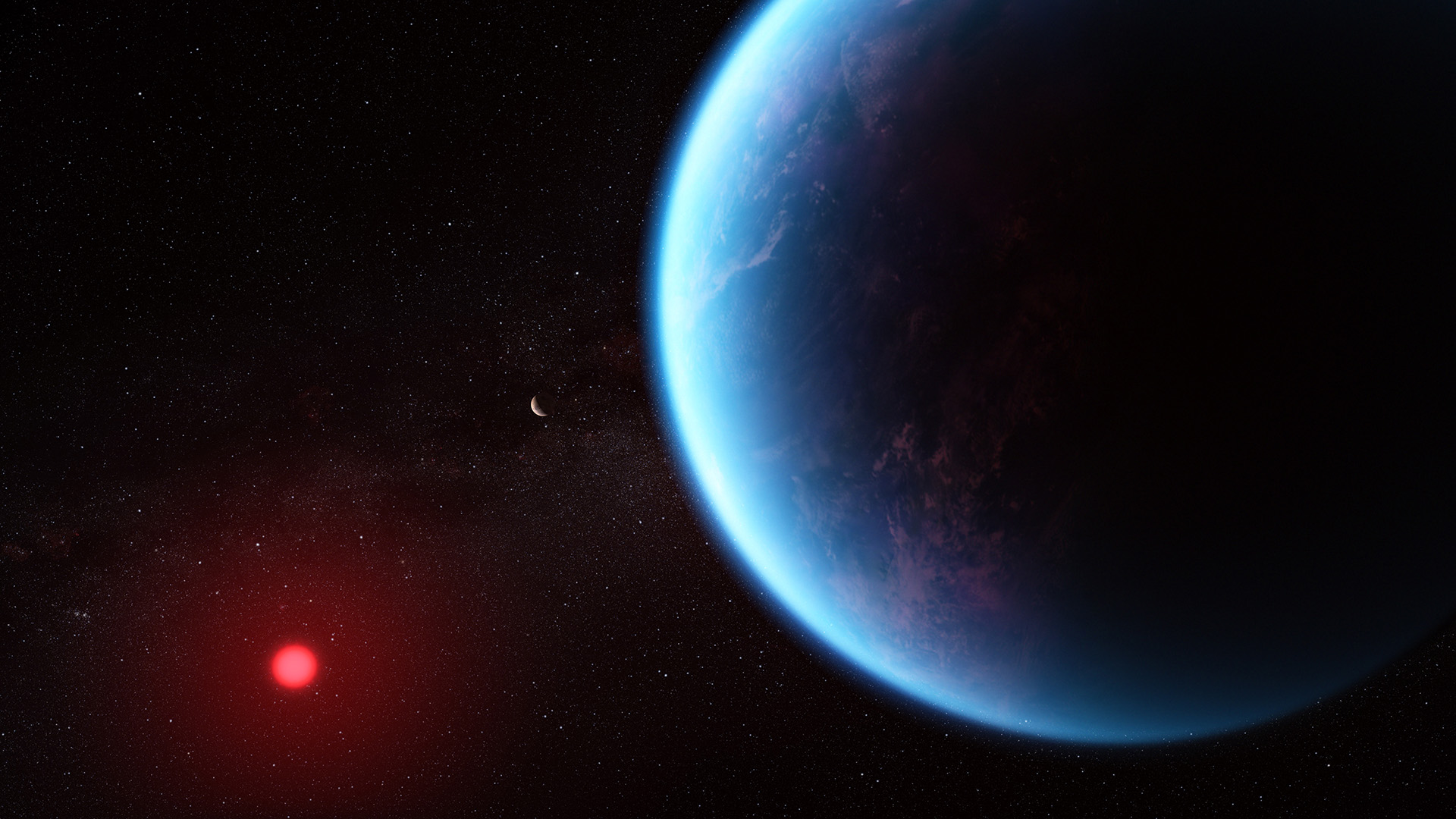Life on our planet appeared early in Earth’s history. Surprisingly early, since in its early youth our planet didn’t have much of the chemical ingredients necessary for life to evolve. Since prebiotic chemicals such as sugars and amino acids are known to appear in asteroids and comets, one idea is that Earth was seeded with the building blocks of life by early cometary and asteroid impacts. While this likely played a role, a new study shows that cosmic dust also seeded young Earth, and it may have made all the difference.
Continue reading “Cosmic Dust Could Have Helped Get Life Going on Earth”Cosmic Dust Could Have Helped Get Life Going on Earth
